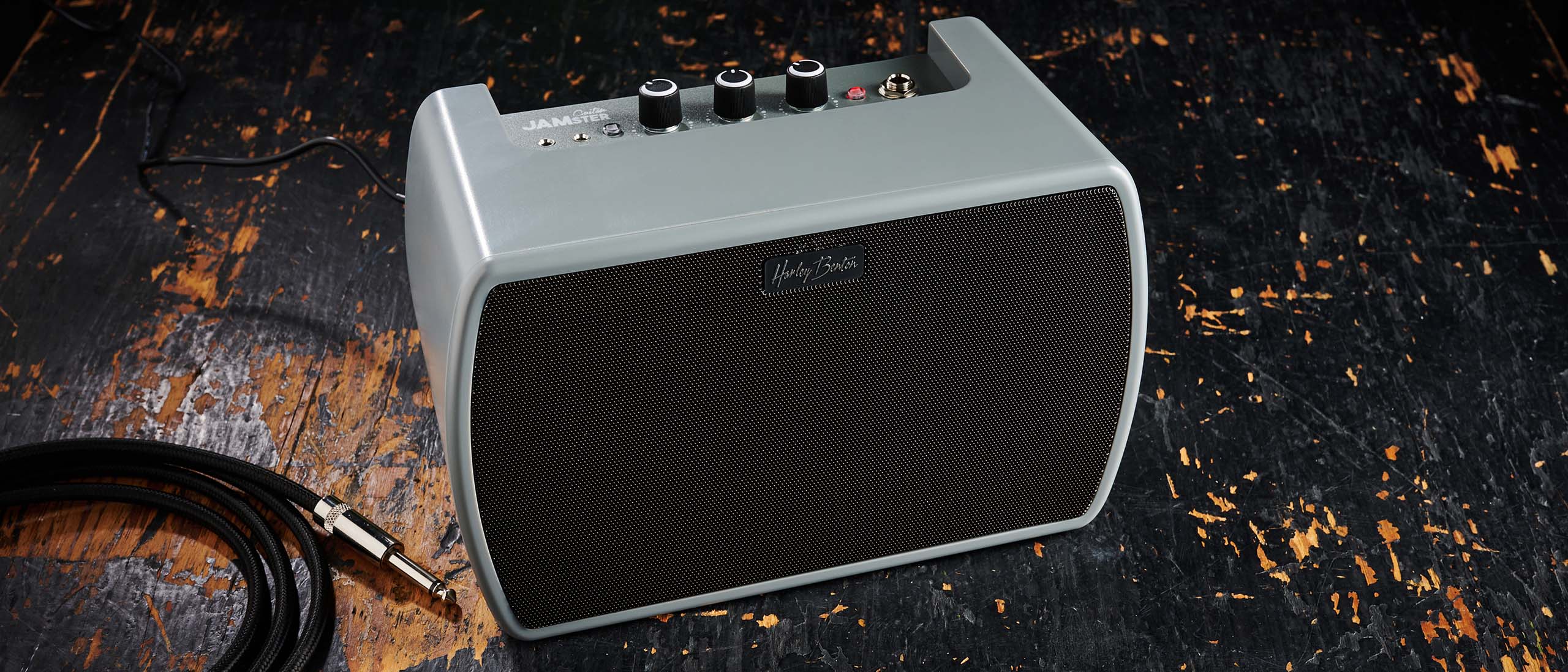“Everything I do in life is left-handed, except for guitar playing… Using a plectrum never felt comfortable in my right hand”: Jared James Nichols on how he came up with his unique fingerstyle approach – and why it can make your playing more expressive
In his debut Guitar World column, the master wrangler of the Les Paul shows us why you don't need a pick to wrestle a tune out of your guitar
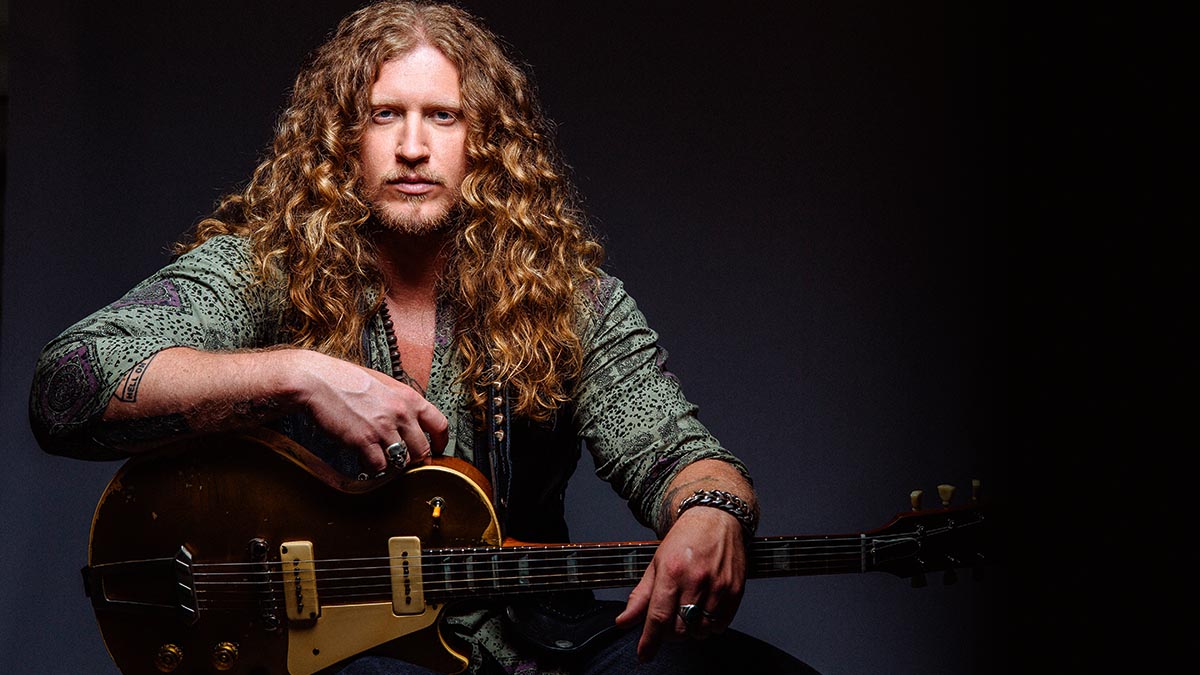
Hello, and welcom to my new column for Guitar World! Over the course of these lessons, I'll discuss everything from my pick- and fret-hand techniques to my approaches to rhythm guitar and soloing, as well as some of my biggest influences.
The first thing I’d like to address is that I’m exclusively a fingerstyle player, and in my case it stems from the fact that I’m left-handed. Everything I do in life is left-handed, except for guitar playing. I think this is part of the reason why using a plectrum never felt comfortable in my right hand.
I realized early on that I needed to come up with my own way to play, and fingerpicking felt like the most natural approach. I use my thumb for downstrokes and my first three fingers for upstrokes.
There was one player in particular who inspired me the most in regard to playing fingerstyle, and that was blues legend Hubert Sumlin, who was known most notably for his work with Howlin’ Wolf.
When I heard Hubert play, it changed the way I approached the guitar. Then I heard Albert King, Derek Trucks and Mark Knopfler, all fingerpickers. All these players demonstrated the incredible range of sounds available when fingerpicking.

Figure 1 offers an example of a simple blues riff in G, based on the G minor pentatonic scale (G, Bb, C, D, F) played in 3rd position. While playing this lick, I use my fingertips to accentuate specific notes as I move through the phrase.
I use my thumb to strike the initial D note on the A string, and then my index finger to sound the F note, followed by the middle finger to sound G. I pull up on the string and snap it against the fretboard, which provides a percussive attack.
Snapping a string in this way serves to make a note really pop. Though the phrase is fairly simple, fingerpicking the notes allows me tremendous range in how they sound and feel. I can move my pick hand down by the bridge for a sharper attack and tone, or up by the fretboard for a warmer, mellower sound, and all points in between.

In Figure 2 I switch to E minor pentatonic (E, G, A, B, D) and demonstrate a “rolling” technique, in which I move across the top three strings picking thumb-index-middle consecutively.
As I repeat the three-note sequence, I gradually increase speed, moving from eighth-note triplets to 16th-note triplets.
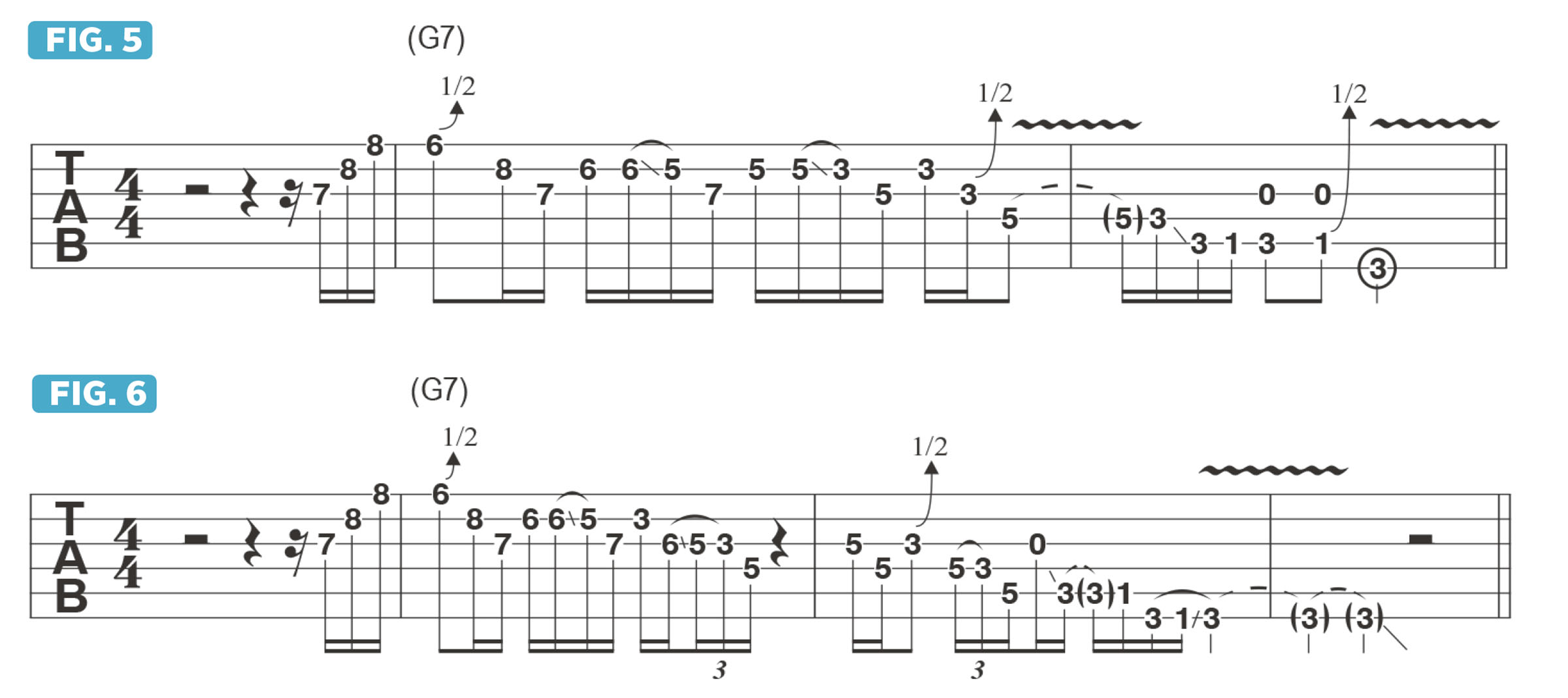
As shown in Figure 3, I also utilize a little bit of palm muting (P.M.) to produce a more percussive attack. In Figure 4, I begin with the basic phrase and then expand on the idea.

Figures 5 and 6 present longer phrases based on G minor pentatonic, for which I vary my pick-hand attack throughout, to add an expressive musical contour to the lines. As you play through these examples, try doing this to achieve different tonal qualities.
Get The Pick Newsletter
All the latest guitar news, interviews, lessons, reviews, deals and more, direct to your inbox!
“There are so many sounds to be discovered when you get away from using a pick”: Jared James Nichols shows you how to add “snap, crackle and pop” to your playing with banjo rolls and string snaps
How to find new approaches to blues soloing – using fingerstyle improv ideas and Roy Buchanan-inspired licks


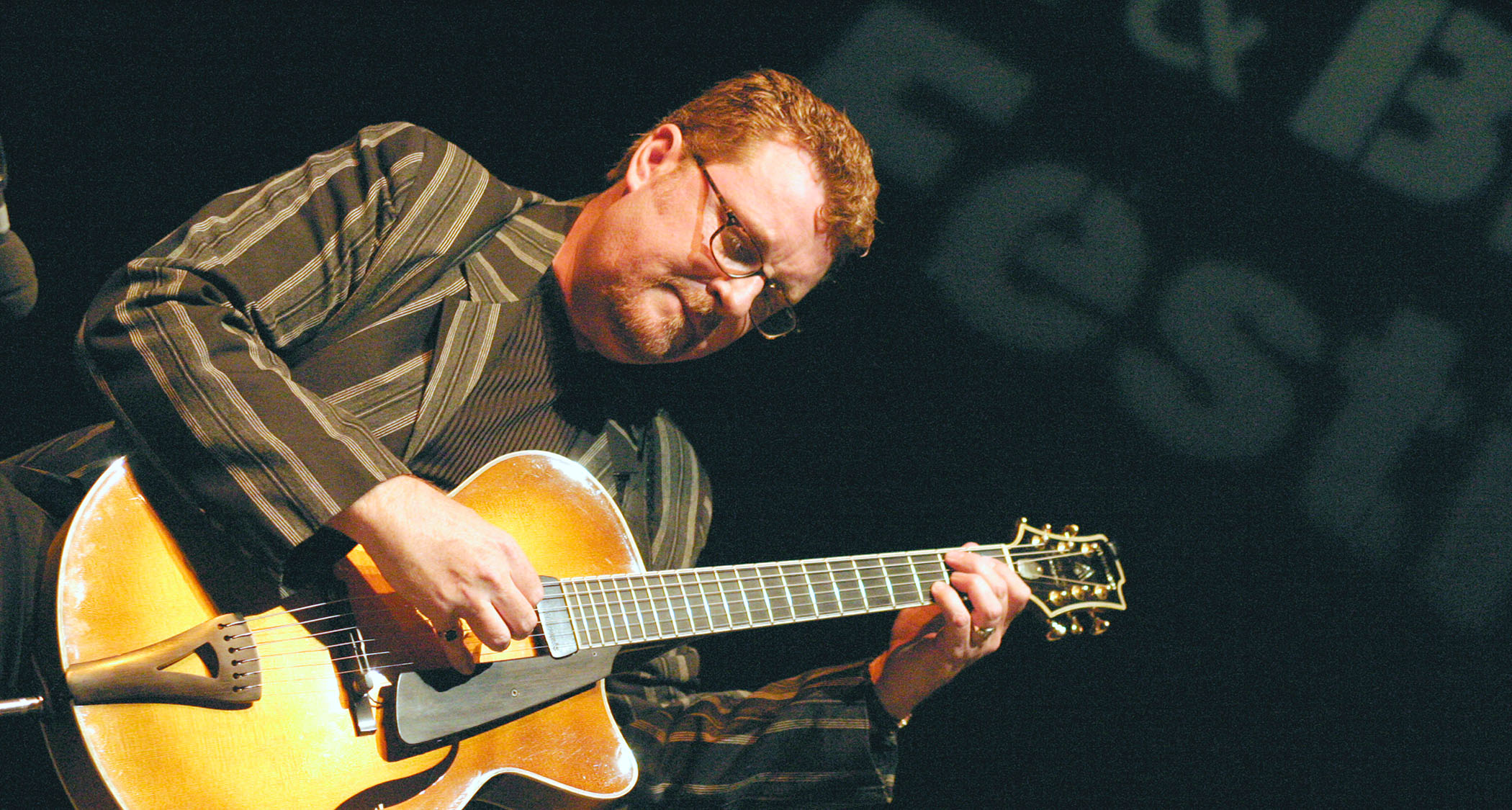

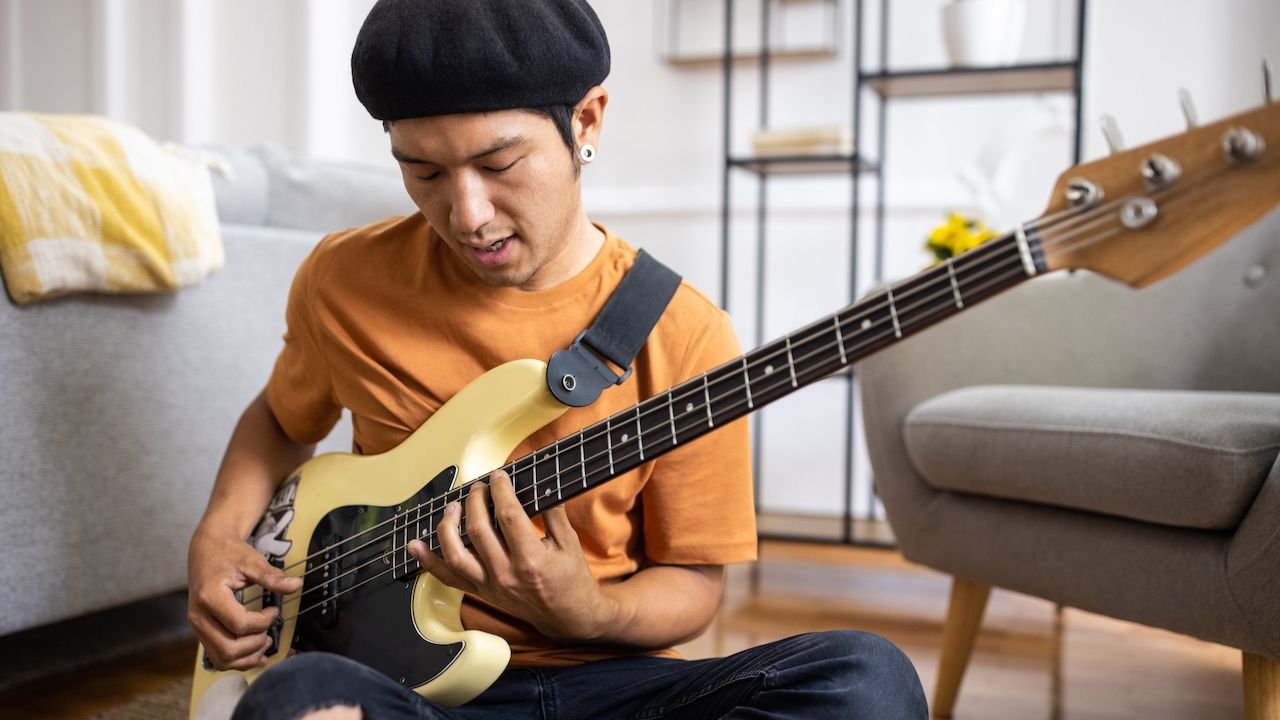

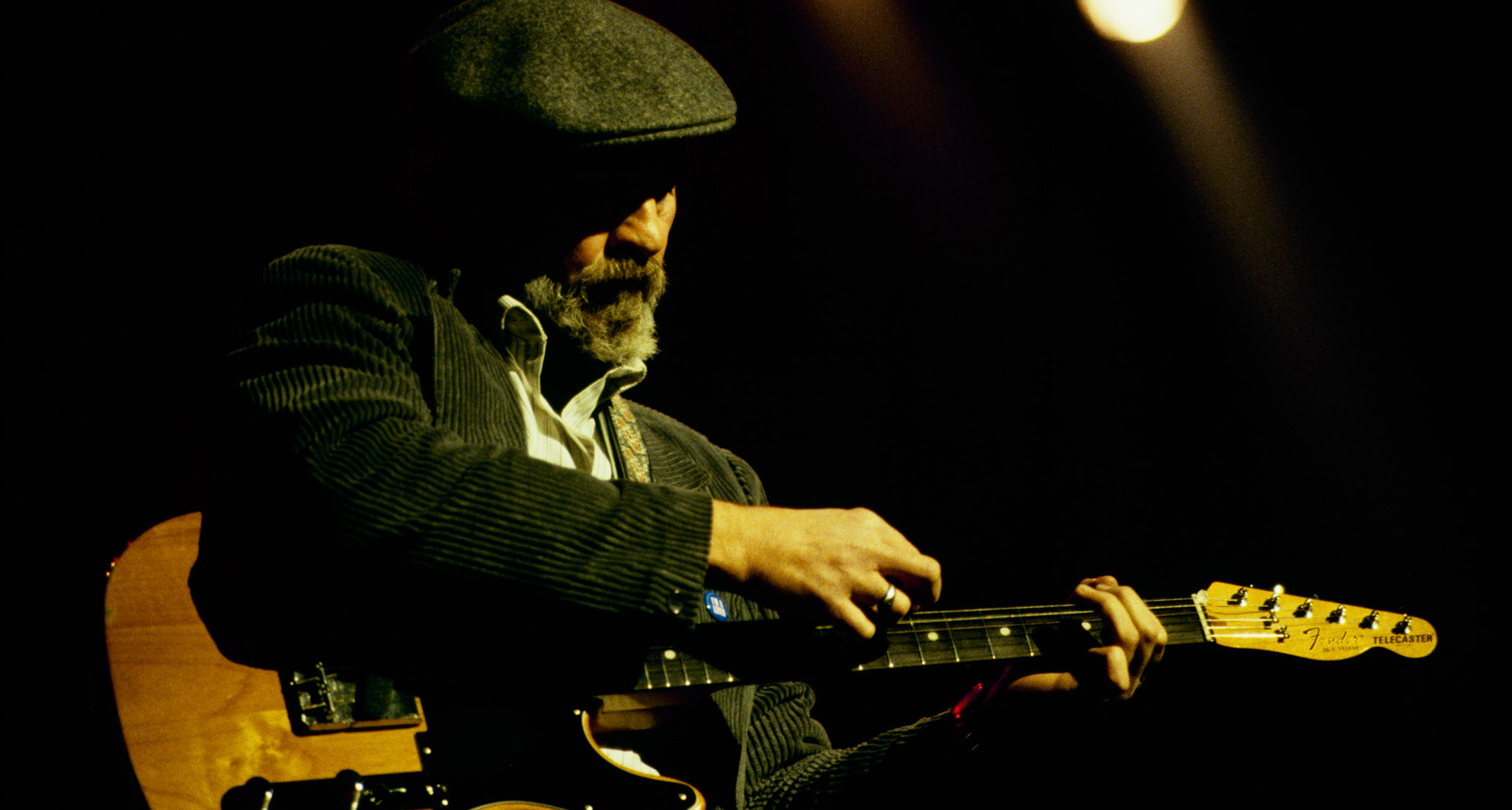
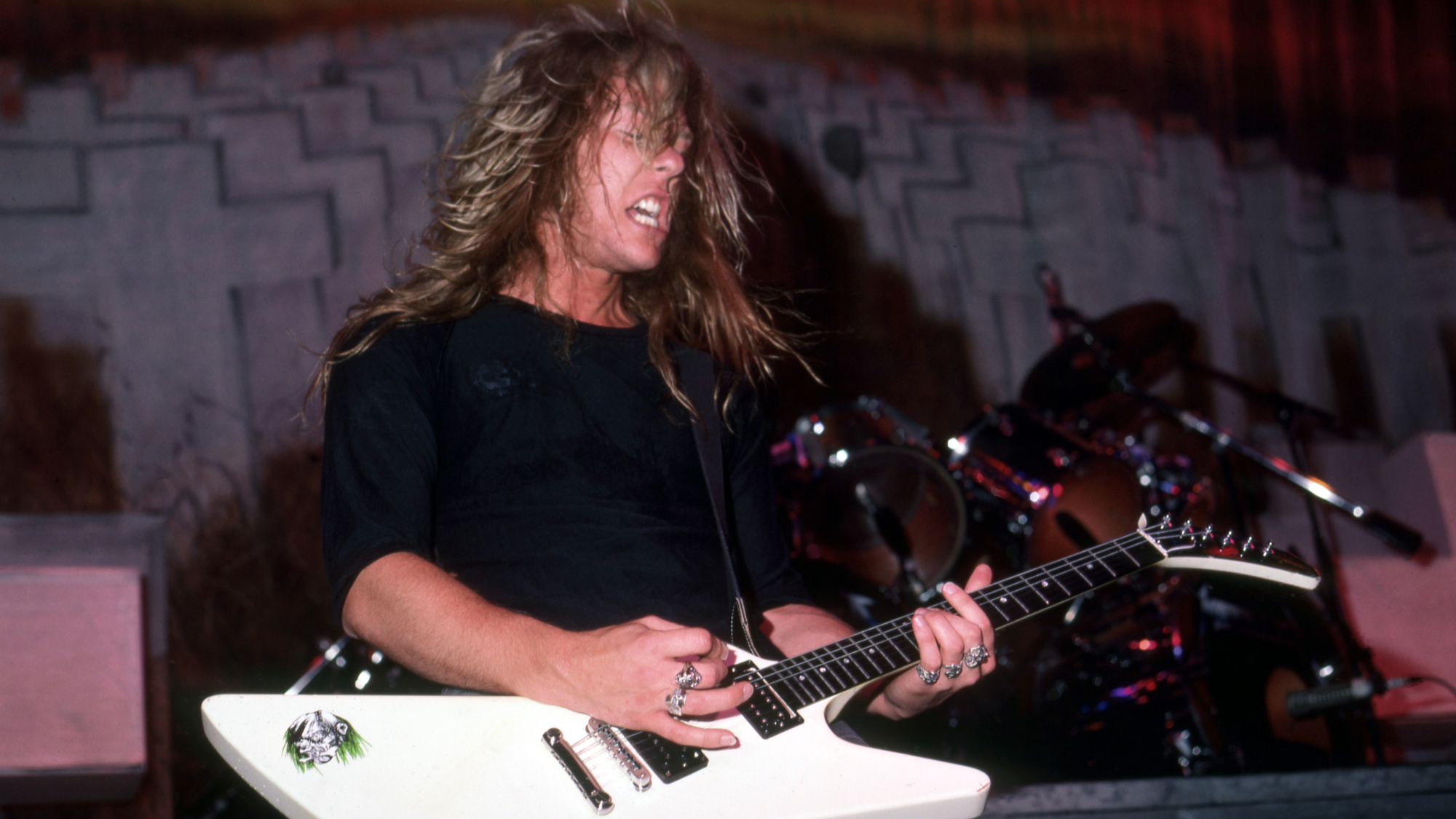
![Joe Bonamassa [left] wears a deep blue suit and polka-dotted shirt and plays his green refin Strat; the late Irish blues legend Rory Gallagher [right] screams and inflicts some punishment on his heavily worn number one Stratocaster.](https://cdn.mos.cms.futurecdn.net/cw28h7UBcTVfTLs7p7eiLe.jpg)

